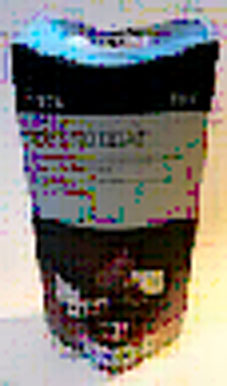Store brands can offer competitive quality at affordable prices, writes Sangeetha Srinivasan of Frost & Sullivan
THE emergence and burgeoning growth of private label (PL) foods is a known fact. The current issue for PL manufacturers is to find a method of sustaining the growth of their brands. Retailers have an inherent role in the success phenomena of PL foods. The European retail sector is recognized globally as being well developed and one of the most organized. European retailers have capitalized on consumer trends and behavior, as well as local market needs in promoting PL products. Some key strategies that have shaped the PL brands include: ?Competitive pricing ?Aggressive promotion ?Market penetration ?Widening product profile ?Consumer friendly store format ?Shelf-space utilization These factors coupled with brand equity of stores and 揻ast follower?tactics have so far groomed growth in the market. Presently the PL foods market is at a crossroads, with striking brand attributes that blur the line of differentiation from the national brands. The functional, organoleptic and emotional image of many these brands is now equivalent to multinational brands, which represents significant progress, as PL brands were previously perceived as having inferior taste and quality. Private label manufacturers are currently focusing on value, premium, health, convenience and organic product ranges. This not only runs parallel with national branded products, but also dilutes the multi-category Unique Selling Points (USP) of these products. The consumer perception of PL brands has undergone a drastic shift from 揷heap-low quality?to 搗alue for money? More households and a younger consumer group are now familiar with PL brands. Furthermore, retailers?shelf space arrangement drives purchasing decisions in favor of PL products. However, fast consolidating retailers are steadily gaining bargaining power when compared to PL manufacturers, who are highly fragmented. Though, the latter are also in the phase of consolidation, the variability is high when compared to the retailers. Most consolidation within the private label sector is aimed at achieving economies of scale, greater supply-chain leverage and an expansion of the product offerings. Challenging, Competitive Field Among the PL manufacturers, the increasing demand for store brand products and ongoing consolidation has spurred fierce competition in the market place. The robust competition has forced PL manufacturers to compete mainly on a reduced contract price in comparison with national brand products, which offer only a marginal cost advantage to the PL manufacturer. In a cascade effect, they are therefore compelled to compromise on production costs. At this juncture, the role of the other participants in the value chain is further compromised, such as the role of the ingredient suppliers. The ingredients sector is another highly fragmented market, which is characterized by intense competition and increasing Chinese intervention. Chinese manufacturers are active especially in the additive and ingredients sectors, such as vitamins, selected flavors, preservatives and intense sweeteners, and can undercut the competition.  The global ingredient manufacturers are strategically positioned to cater to the multinational food manufacturers, providing a customized service and products. As a consequence, small-scale manufacturers and Chinese producers eventually focus on increased volume. These manufacturers can organize their supply to meet demand, as required by a larger proportion of PL manufacturers who have higher bargaining power and an increased degree of product flexibility. As a result, PL manufacturers, who have already compromised on production costs, must then pass the price pressure to ingredient manufacturers, with anAir Jordan VIII 8 Shoes
The global ingredient manufacturers are strategically positioned to cater to the multinational food manufacturers, providing a customized service and products. As a consequence, small-scale manufacturers and Chinese producers eventually focus on increased volume. These manufacturers can organize their supply to meet demand, as required by a larger proportion of PL manufacturers who have higher bargaining power and an increased degree of product flexibility. As a result, PL manufacturers, who have already compromised on production costs, must then pass the price pressure to ingredient manufacturers, with anAir Jordan VIII 8 Shoes













